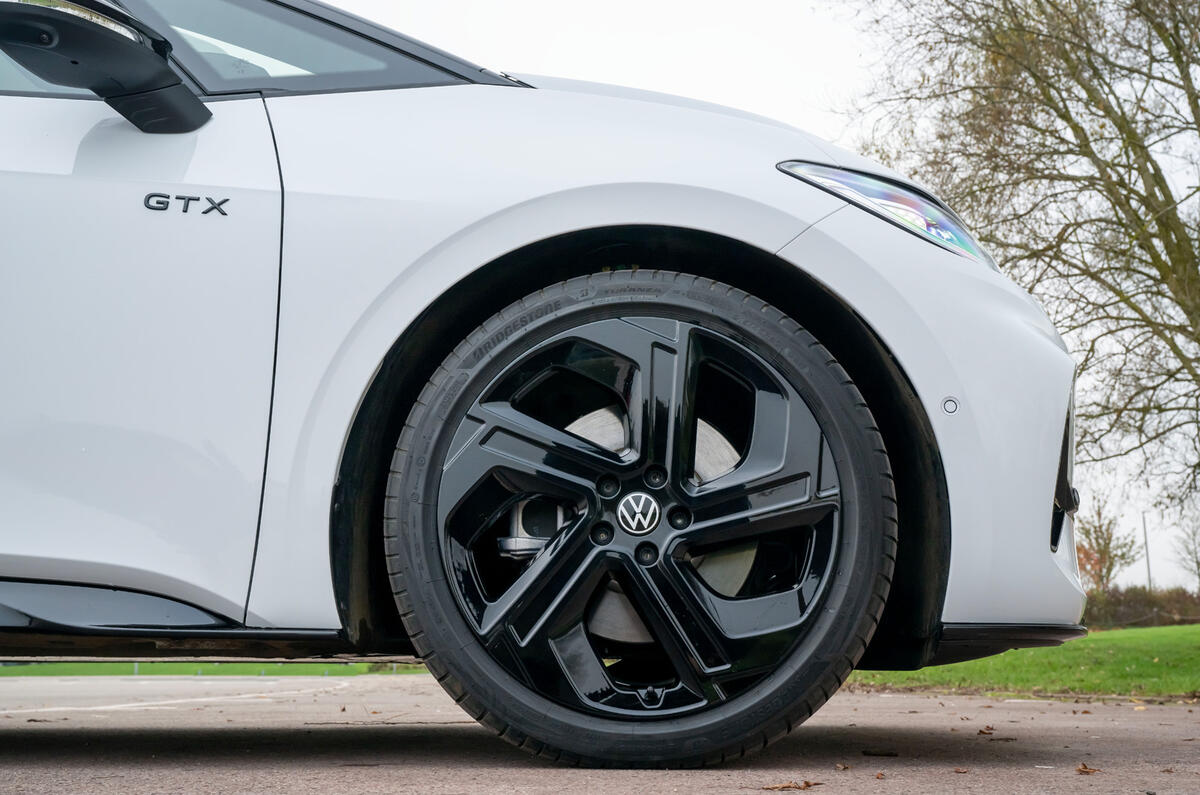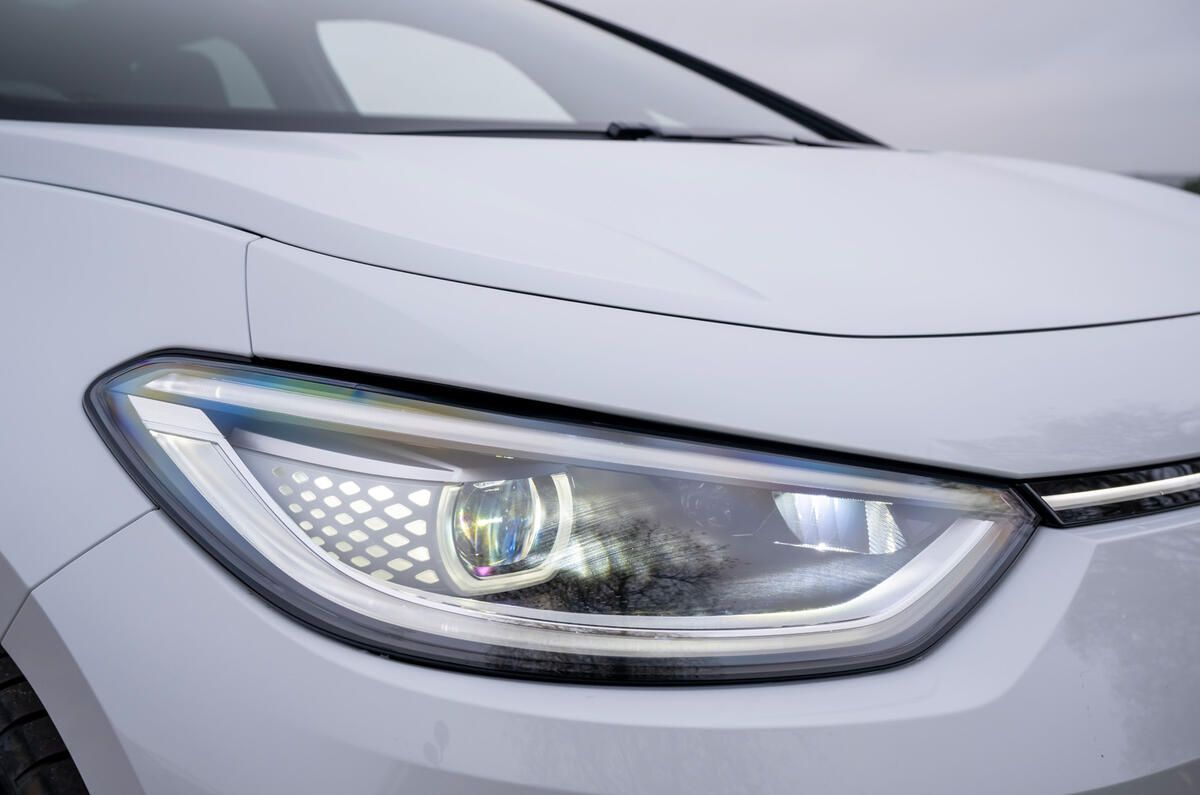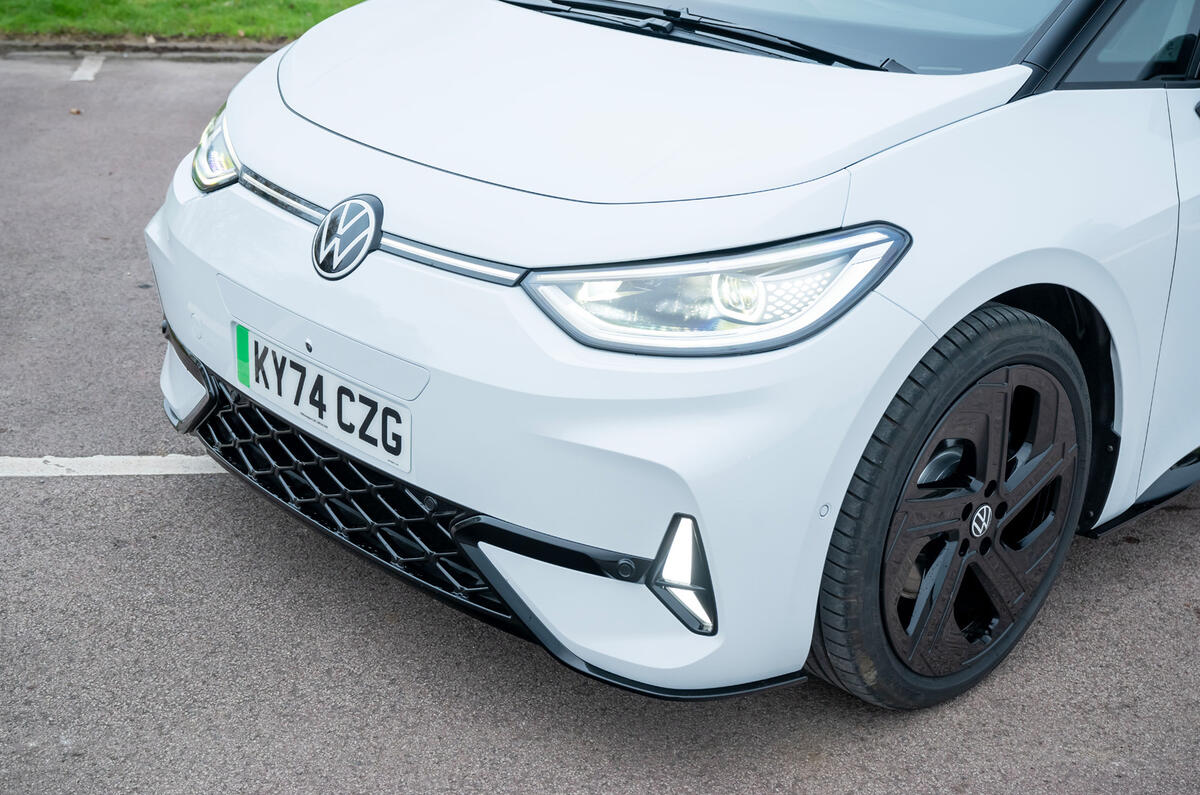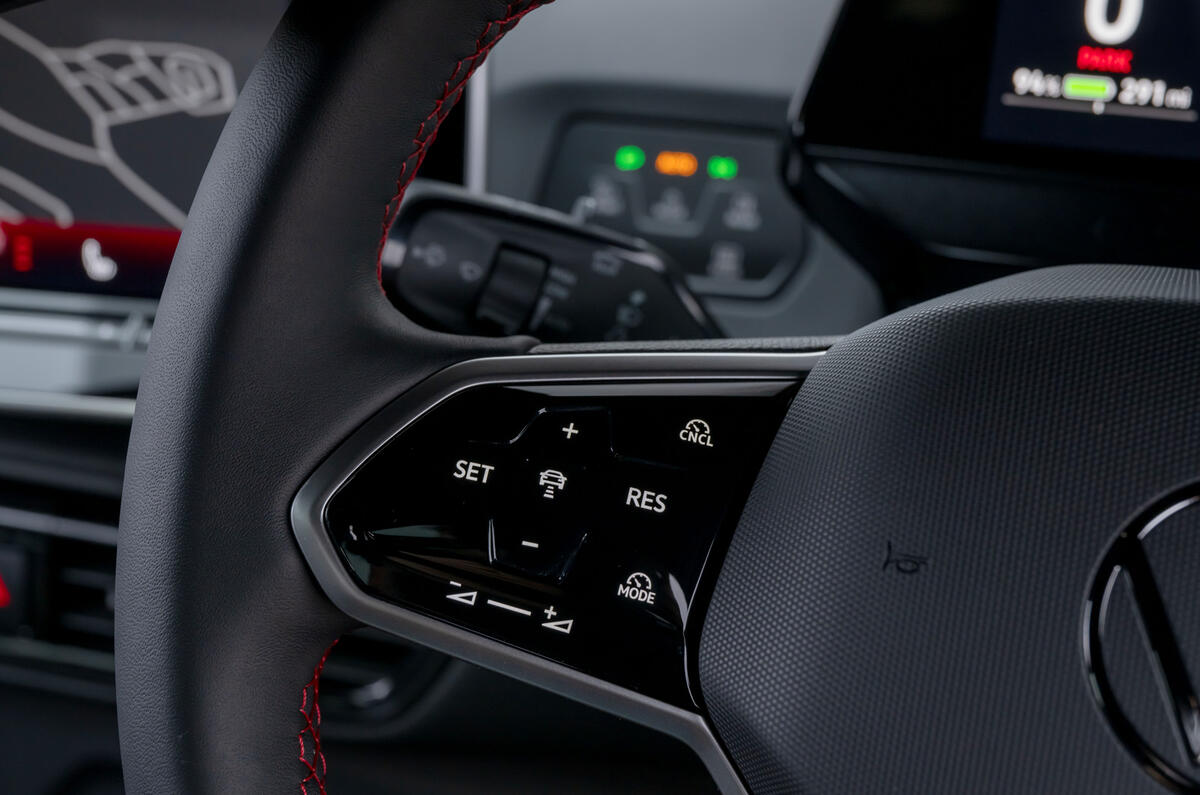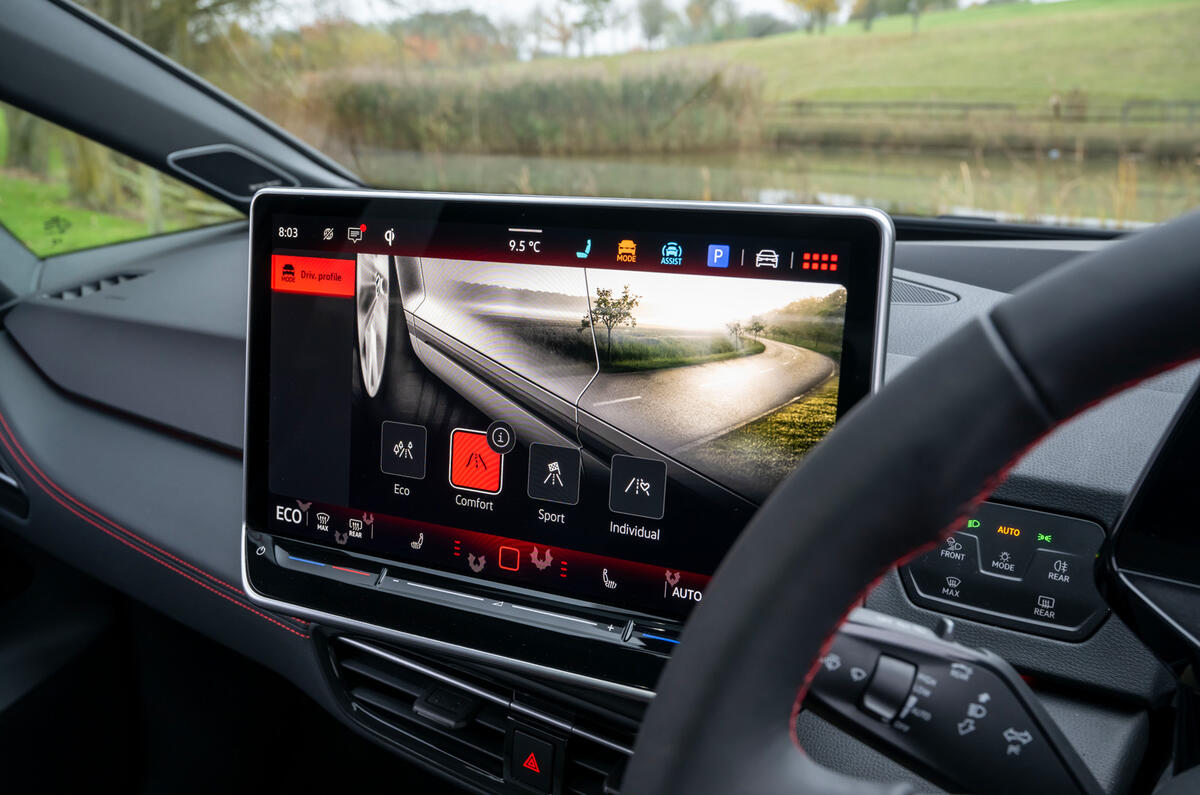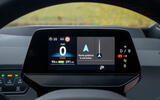Volkswagen's history of hot hatches stretches all the way back to the 1975 Frankfurt motor show, where it unveiled the original Golf GTI.
So much as mention 'hot hatch' and the first thing that comes to most enthusiasts’ minds is that Volkswagen badge: GTI.
In fact, the badge is so iconic that the company’s boss has made it clear that, had he been in charge at the time, he wouldn’t have created a new GTX badge especially for hot EVs – and indeed it will be retired.
For the time being, though, the new Volkswagen ID 3 GTX is as close as we’re going to get to an electric Golf GTI.
The ID 3 GTX is the first Volkswagen hot hatch powered entirely by an electric motor and the first to be sold exclusively with rear-wheel drive.
But is the ID 3 GTX superb or soulless? Read our review below for our full verdict.
Volkswagen ID 3 GTX range at a glance
There are two ID 3 GTX models, both featuring a rear-mounted electric motor. The entry-level car gets 282bhp while the GTX Performance, the only variant to go on sale in the UK, is uprated to 321bhp.
Both cars feature an 84kWh battery with a 79kWh usable capacity, with a range figure rated at 369 miles.
| Model | Power |
|---|---|
| ID 3 GTX | 282bhp |
| ID 3 GTX Performance | 321bhp |










